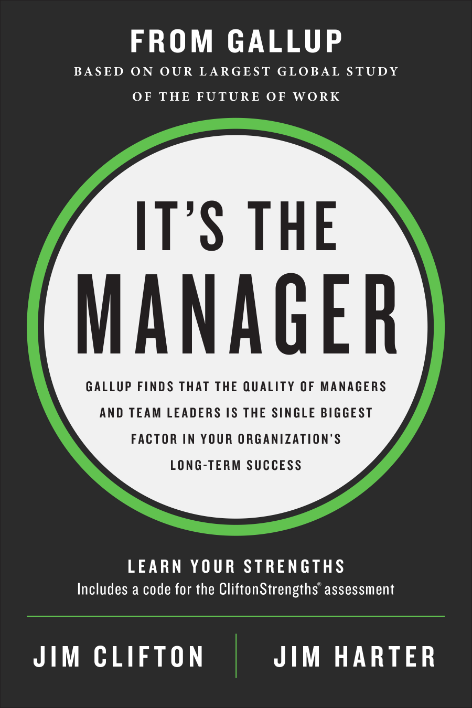Story Highlights
- Nearly half of all employees don't know what's expected of them at work
- Frequent conversations are fundamental to effective management
- Managers should listen for questions that aren't asked
About half of all U.S. employees don't know what's expected of them at work.
It seems impossible, but Gallup analytics are clear: About half of your workers don't know what their boss wants.
And if you're running an agile or matrixed organization, odds are that it's your workforce these data are pointing at.
Agile, matrixed structures put projects, partnerships and teams in constant flux, and every transition point brings new expectations. And because employees' relationship with their manager may feel somewhat cursory, workers may not feel comfortable asking what the new expectations are.
So, if employees aren't going to ask, managers have to tell -- and Gallup research shows that managers need to explain their expectations clearly, consistently and vocally. And a little management training helps a lot.
Here are four ways to open up the conversation at your workplace:
1. Make yourself heard. Often. Make sure your managers are heard too.
Gallup's workplace analysis shows that employees want a coach, not a boss. And when that coach invests in employees' development, their work performance improves.
If employees aren't going to ask, managers have to tell.
A basic element of coaching is conversation, and frequency is important. In fact, Gallup analytics recommends that leaders make frequent conversations a fundamental aspect of a management role. Ongoing, meaningful conversations that equip, inspire and improve performance are essential to employee development.
And naturally, managers are better coaches when they know their people well enough to individualize to the employee -- not the other way around. Expecting an employee to adapt to the manager's approach to coaching is how expectations get lost in translation.
2. Support onboarding at every point of transition.
Plan a formal onboarding discussion every time a worker joins a new team or project.
Novices may feel uncomfortable asking their manager about expectations, especially in low-trust organizations. Without an open channel of communication, employees might think that if they ask basic questions -- and "what am I supposed to accomplish today" is a very basic question -- they'll come off as ignorant. So they just keep a low profile and try not to get caught coasting.
But it's next to impossible to develop the performance of a person whose primary goal is avoiding detection.
3. Train and develop your managers.
Good training can help managers create a productive dynamic. Gallup's Developing Performance: Re-Engineering Performance Management half-day course gives managers the core principles of performance development, and it establishes a learning foundation for the Developing Performance: The Five Conversations That Drive Performance course that teaches managers what to say and how to say it.
Gallup research shows that effective conversations are a manager's best tool. But most managers need to learn how to develop relationships, facilitate employees' performance and help workers learn and grow. Managers will set clear expectations -- and coach performance -- with the training they need.
4. Ensure managers know their expectations.
Leaders should explain how managers' targets and objectives fit within the larger strategy. Agile companies move fast and work in iteration; matrixed companies are full of handoffs where information gets lost.
Agile or matrixed organizations offer managers plenty of chances to explain their expectations -- but many workers aren't hearing them.
Managers who know the overall purpose can keep projects on the rails. And managers can be better coaches to their people and internal partners if they see the big picture.
That perspective may help them identify process and product innovations as well.
It's all about the conversations you are and are not having with your people.
Leadership should make sure managers have the resources they need for these conversations.
Agile or matrixed organizations offer managers plenty of chances to explain their expectations -- but many workers aren't hearing them.
So the odds are shockingly high that your organization's employees don't know what's expected of them at work … and aren't going to ask.
Gallup can help your managers learn how to have coaching conversations that clarify expectations:
- Download our report, Re-Engineering Performance Management, to gain useful insights to improve performance management in your organization.
- Register for our half-day course, Developing Performance: Re-Engineering Performance Management, to learn the core principles of performance development.
- Partner with us to turn your managers into coaches.
- Get exclusive excerpts from Gallup's new book, It's the Manager.





